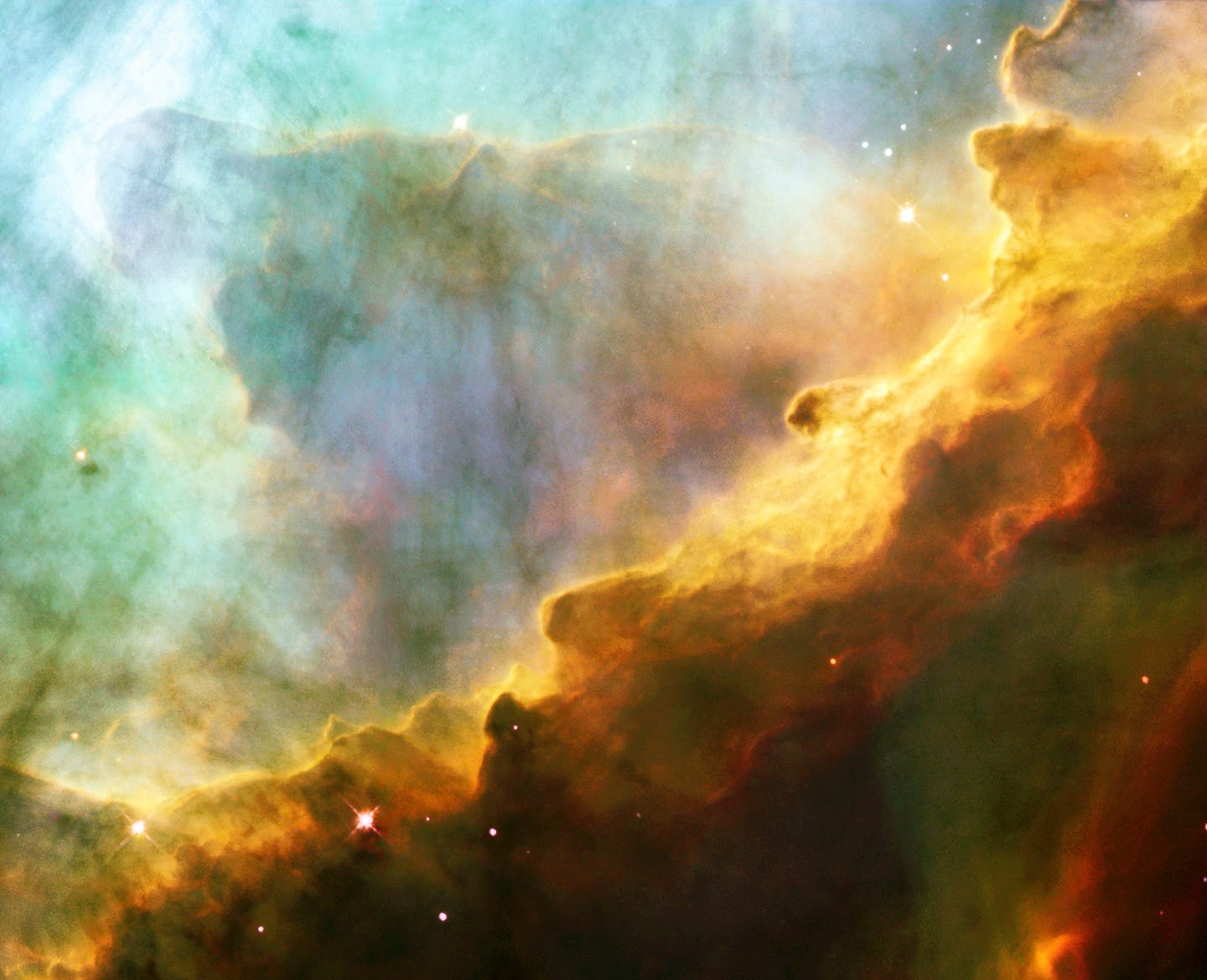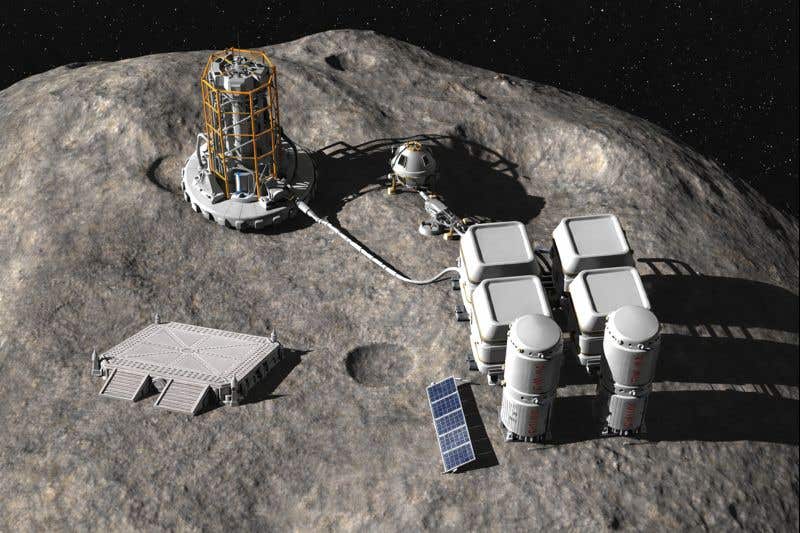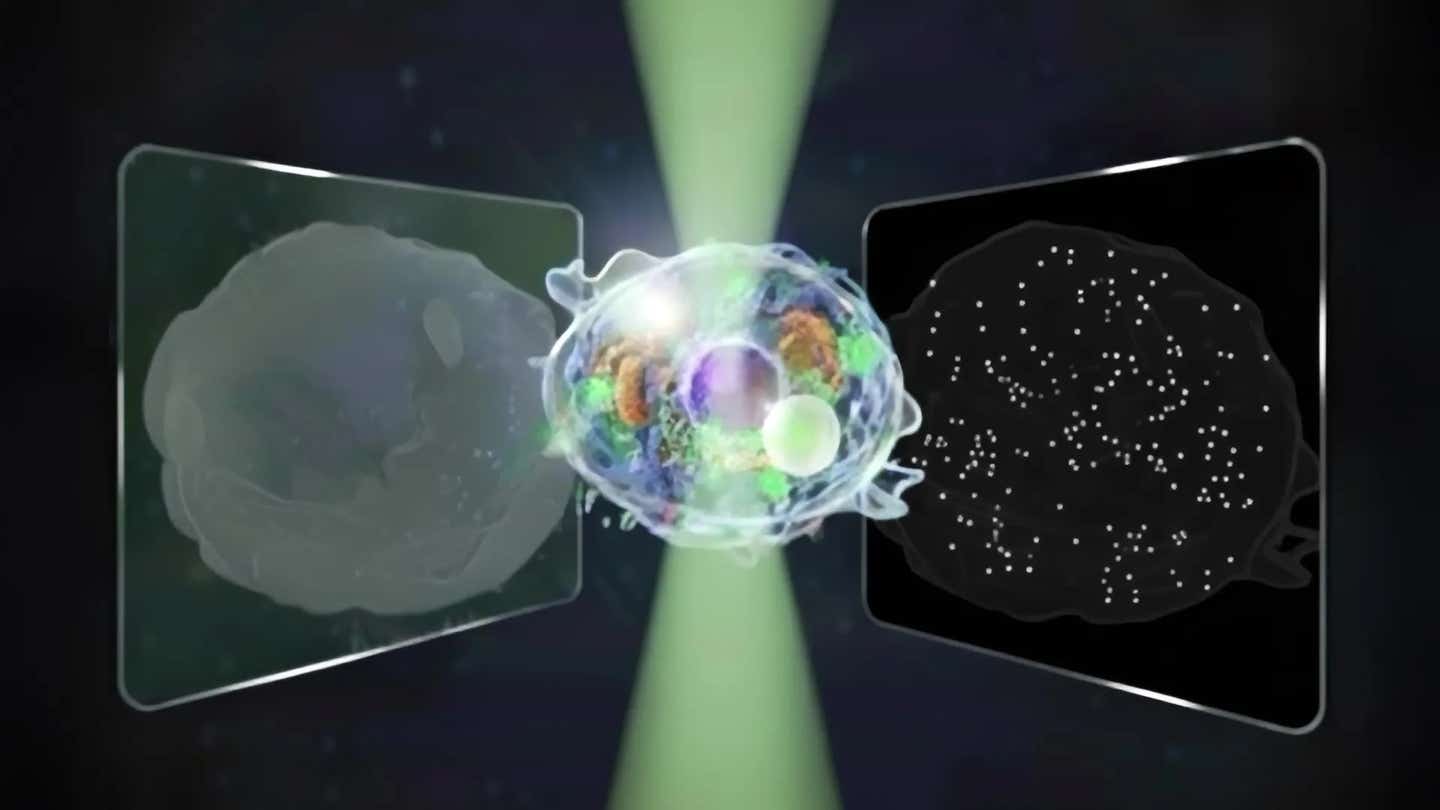Scientists solve the cosmic mystery of missing sulfur in deep space
For years, scientists have been puzzled by an odd problem—there simply isn’t as much sulfur floating around as expected.

A new study reveals sulfur’s hiding place in icy space dust. (CREDIT: Shutterstock)
For years, scientists studying the chemistry of space have been puzzled by an odd problem—there simply isn’t as much sulfur floating around as expected. This element, essential for both planets and life, is the tenth most abundant in the universe, yet in deep space, it seems to be in short supply. A new international study may finally point to where it’s been hiding all along.
Researchers from the University of Mississippi, the University of Hawaii at Mānoa, and Georgia State University teamed up to search for answers. Led by astrochemist Ryan Fortenberry, chemistry professor Ralf Kaiser, and computational chemist Samer Gozem, the group published their findings in Nature Communications, offering a fresh explanation that connects sulfur’s cosmic scarcity to icy grains of interstellar dust.
A Cosmic Hide-and-Seek
Sulfur on Earth is anything but rare—it escapes from volcanoes, spews from coal power plants, and plays a role in ocean chemistry. But in space, especially in the cold, dense regions where stars form, the amount found is drastically lower than predicted. “The observed amount of sulfur in dense molecular clouds is less – compared to predicted gas-phase abundances – by three orders of magnitude,” Kaiser explained.
The team’s results suggest that sulfur isn’t missing at all—it’s simply locked away in solid forms, bound within interstellar ice. In these frigid environments, sulfur atoms can arrange themselves in two main ways: octasulfur crowns, which are neat eight-atom rings, and polysulfanes, chains of sulfur atoms connected by hydrogen. These structures can stick to icy dust grains, essentially freezing the sulfur out of view.
Why Sulfur’s Hard to Spot
Astronomers usually identify elements in space by detecting the unique patterns of light they emit or absorb. While tools like the James Webb Space Telescope can easily pick out oxygen, carbon, and nitrogen, sulfur doesn’t follow the rules. “When you do that for sulfur, it’s out of whack, and we don't know why there isn’t enough molecular sulfur,” Fortenberry said. The new research indicates that these solid sulfur compounds might be the hidden source, providing scientists with specific targets to search for in star-forming regions.
Related Stories
- Study finds surprising links between regular exercise, your liver and brain health
- New machine learning program accurately predicts who will stick with their exercise program
Another challenge is sulfur’s shape-shifting nature. “It never maintains the same shape,” Fortenberry noted. “It’s kind of like a virus – as it moves, it changes.” This instability makes sulfur harder to track, but the study’s findings highlight stable molecular forms that astronomers can now hunt for using advanced radio telescopes.
From Lab Simulations to the Stars
By recreating the conditions of deep space in laboratory experiments, the researchers confirmed that these sulfur compounds could form on icy surfaces. Once these icy grains are heated in young star systems, the sulfur can sublimate—transforming directly from a solid to a gas—making it detectable from Earth. This work could finally help astronomers piece together sulfur’s role in both the formation of planets and the chemistry that supports life.
“The thing that I love about astrochemistry is that it forces you to ask hard questions, then forces you to come up with creative solutions,” Fortenberry said. “And those hard questions and creative solutions can have significant, unintended positive consequences.”
Past Studies and Findings
Earlier investigations into sulfur’s absence have shown that while the element is plentiful in the solar system and on Earth, its presence in dense interstellar clouds has been consistently lower than theoretical models predict.
Previous studies focused on sulfur’s gaseous forms, but space telescope observations failed to account for the missing quantities. Laboratory work in the past suggested that sulfur might be incorporated into dust grains or transformed into less easily detectable compounds, but the exact nature of these forms remained unclear until recent efforts began to focus on complex sulfur-bearing molecules.
Some earlier research also explored sulfur’s role in prebiotic chemistry, proposing that sulfur compounds may influence the chemistry of amino acids and other molecules related to life. Observations of sulfur in cometary material from missions like Rosetta hinted that space ice chemistry could be a major reservoir for the element, setting the stage for the current findings.
Practical Implications of the Research
If scientists can pinpoint exactly where sulfur is stored in interstellar space, it could deepen our understanding of how planets form and how essential life-building elements are distributed across the cosmos. This knowledge may also improve models of planetary atmospheres, especially for exoplanets where sulfur chemistry can influence habitability.
On a broader scale, the ability to detect hidden reservoirs of sulfur could refine our picture of the chemical evolution of galaxies and even provide insights into how life-supporting compounds travel from star-forming regions to young planets.
Note: The article above provided above by The Brighter Side of News.
Like these kind of feel good stories? Get The Brighter Side of News' newsletter.



